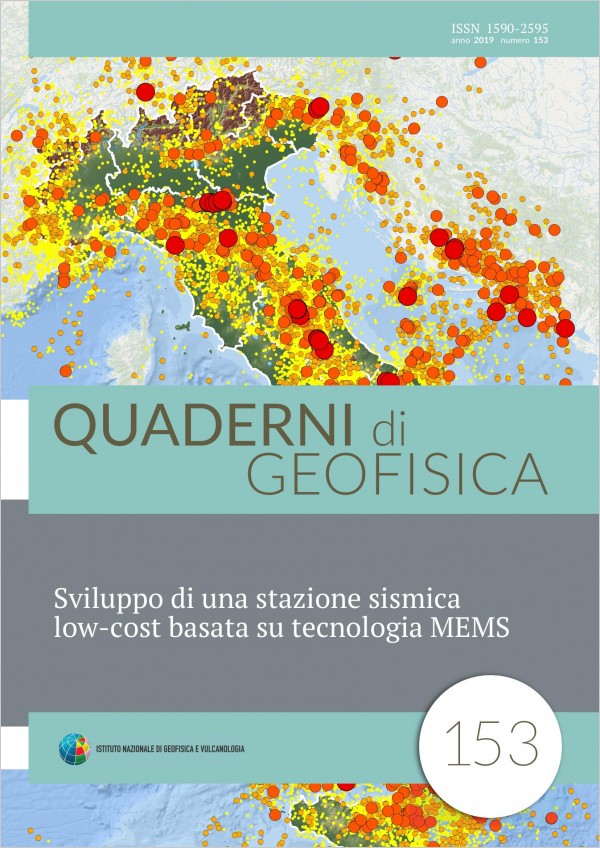The impact of a strong earthquake onto an urban community can be reduced taking timely actions managed by the authority in charge for the civil protection. In this view, it is of fundamental importance that the authority in charge for the seismic surveillance is provided with the appropriate monitoring tools able to give the most useful information for the best emergency management in the immediate post-event. Today this goal can be reached realizing urban-scale, real-time seismic monitoring networks (Osservatori Sismici Urbani, OSU, in Italian). The real-time OSU networks are able to promptly provide information to the emergency authority about the ground shaking at each node after an earthquake. Maps showing the spatial distribution of the ground shaking could help in the optimization of the priorities and a good management of the rescue resources in order to reduce the number of victims. Also the assessment of the damage of the buildings could be carried out according to the logic of priority given by the shakings measured by the OSU. The realisation of OSUs is the main objective of the MEMS project. This project is funded by the MIUR under the SIR program (Scientific Independence of young Researchers). The first challenge of the MEMS project was the design and the development of a devoted accelerometric stations. This work illustrates in detail the accelerometric station based on MEMS technology (Micro Electro-Mechanical Systems). The final product is a lowcost accelerometric station with high performance and great versatility.
Published: 2021-03-25

